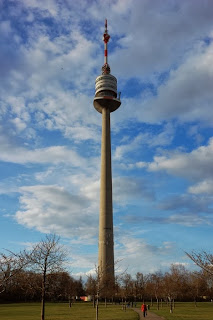 |
| Famous Mirabelle Gardens in Salzburg |
In the city of Salzburg, lies the Mirabelle Palace built in 1606. The palace was damaged by the great fire that swept through the city on 30 April 1818, but the truly grand marble staircase that led into the palace, and the marble hall survive to this day. Today the palace houses the mayoral and council offices, but the Marble Hall (formerly the prince-archbishops' ballroom and concert venue) is often considered to be one of the most beautiful wedding halls in the world.
More famous than the palace itself is the surrounding Mirabelle gardens. The gardens house countless sculptures, statues, and fountains, and you are bound to see something new and interesting at every turn – things like the Dwarf Garden, full of grotesquely deformed dwarfs!
Another famous resident of the gardens is the Grand Parterre, the oldest part of the grounds. Here you will find a plethora of Roman gods dating back to 1689. Moving forward, the large Pegasus fountain, once a centrepiece of the gardens, was installed in 1913 and surrounded by much older sculptures that represent the elements, the copper fountain is a sight to behold and well worth visiting
Another very beautiful part of the gardens is the Rose Hill, come up here for a striking view of the grounds and the Hohensalzburg Fortress. It is best to come here in the day time, however, as the spot is a well-known place for naughty meet ups in the evenings, and you may be privy to less pleasant views!
 |
| Summer time in Salzburg's Mirabelle Palace and gardens |
The Mirabelle Gardens were first opened to the public in 1854. For hundreds of years people have come to enjoy them, but it is only in recent years that you find people singing ‘Do-Re-Mi’ while running through the hedge tunnel. For those of you with a theatrical flair, the Hedge Theatre is one of the oldest of its kind, and is still used for performances today, including concerts for the Salzburg Festival. While many come to recreate scenes from The Sound of Music, today the gardens are a horticultural masterpiece in their own right, and serve as a popular backdrop for weddings and photographers.










